Vol. 6. Nikon F (part II)
In my last article (Vol.5), I described the Nikon F's viewfinder.
To produce this viewfinder, Nikon engineers pursued the SLR's features to their limits.
This time, we will review the Nikon F mount — still in use after 39 years — as well as other mechanisms.
SLR cameras and interchangeable lenses
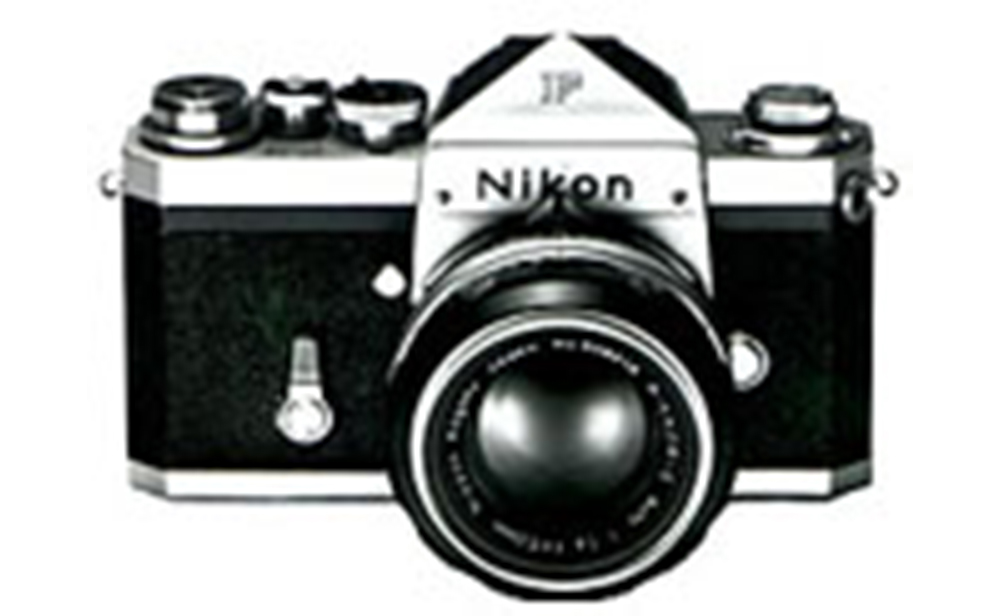
It is not accurate to say that people use SLR cameras exclusively for their lens interchangeability.
However, SLR cameras are capable of capturing images almost exactly as they're seen through the viewfinder — regardless of the type of lens employed.
And the true greatness of SLRs is best realized by taking advantage of their lens-friendly design.
Generally, when people talk about mounts, they often refer to the transmission of information such as aperture value.
I agree, of course, that specifications of mount signals are important for exposure metering and auto exposure controls.
However, I believe that the most important role of a mount is to securely mount a lens.
As there are many different types of lenses with a wide variety of optical systems, it's important that the mount be designed as generically as possible, while supporting the lens so that it is always correctly positioned with respect to the film plane.
More to lenses than performance
As you are probably well aware, Nippon Kogaku K.K. realizes the importance of lens performance.
Evidence of this can be found in the well-deserved reputation for high quality that Nikkor lenses have enjoyed for so many years.
More recent SLR cameras featured a relatively large mount which was compatible with a greater variety of optical systems, while offering increased attachment stability.
The mount that appeared on these cameras was actually much bigger than was originally planned during development.
One of the inherent characteristics of SLR cameras, however, poses a problem for lens compatibility — namely the reflex mirror, a part of the viewfinder.
Placed at an angle inside the mount, the reflex mirror moves every time the shutter is released.
This means that the lens has to be located as far forward as possible so that it does not interfere with the movement of the mirror.
In the case of SLR cameras, the projection distance of the lens corresponds directly to the size of the reflex mirror.
If you refer back to Vol. 4 of this series, you can see an example of photograph ("Nikon F2 Photomic A").
The distance from the film plane to the back of the lens is referred to in technical circles as "back focus (Bf)".
The Bf of the Nikon F was considerable. Among SLR cameras
of its time, the Nikon F had the greatest depth.
And, while this did ensure sufficient space for reflex mirror movement, it also inhibited lens size reduction and limited optical system compatibility.
The detailed design of the Nikon F mount clearly had its pros and cons.
Achieving "balanced excellence"
In reaction to these circumstances, Nippon Kogaku displayed its vast technical prowess by developing and producing a succession of high-quality,
high-performance lenses for the Nikon F.
This technical eruption, highlighted by the brightening and downsizing of wideangle lenses shorter than 28mm, accentuated the values of the mount design and more than compensated for the Bf (Back focus) problem.
With the Nikon F2 came a long-body reflex mirror that caused virtually no finder vignetting.
The Nikon F mount was permitted to take full advantage of the various aspects of lens and body designs.
Upon investigation, I found that camera bodies developed after the Nikon F — both domestic and foreign — were similar to the F in terms of mount size and degree of back focus.
Nikon's achievement of the best possible balance in size and Bf (Back focus) had not gone unnoticed.
The customer does come first - Nikon F mount
Many new features and functions were born with the Nikon F, including easy exposure measurement where the exposure meter was coupled to both shutter speed and aperture, a fully automatic diaphragm, and others. (NOTE : The term "fully automatic diaphragm", describing an aperture control mechanism where the aperture is fully open for maximum brightness and stopped down to the aperture value set on the lens when the shutter is released, is now obsolete).
As Nippon Kogaku had anticipated, most of the new functions were well received.
Where SLR development is concerned, Nippon Kogaku's engineers generally include every possible feature that they regard as high-quality or convenient.
Even in the age of TTL exposure metering, auto exposure by electronically controlled shutter and autofocus, the basic design of the mount which first appeared on the Nikon F endured unaltered.
And this same mount can also be found on the F5, Nikon's most recent high-grade, high-performance SLR camera.
However, some features and functions were regarded as uncomfortable and difficult to use.
One such feature was the procedure for attaching a lens to the mount. To attach a lens to the Nikon F, users were required to turn the lens counterclockwise.
People voiced concern, saying that the camera should have been designed so the lens would be turned clockwise.
The same complaint was lodged regarding the direction of rotation of the focusing ring.
This is where Nikon stepped up and showed that they did indeed value the opinions of their customers.
All lenses for the Nikon F featured focusing rings that turned in the same direction as those made for the Nikon S series, so as not to confuse S series users.
Incidentally, the lens mount design and the rotating direction of the focusing ring of the "Nikon S" series resemble the classic rangefinder, "Contax", and "Kiev" (only the shape of the mount is related).
Nikon F body really widened version of Nikon SP
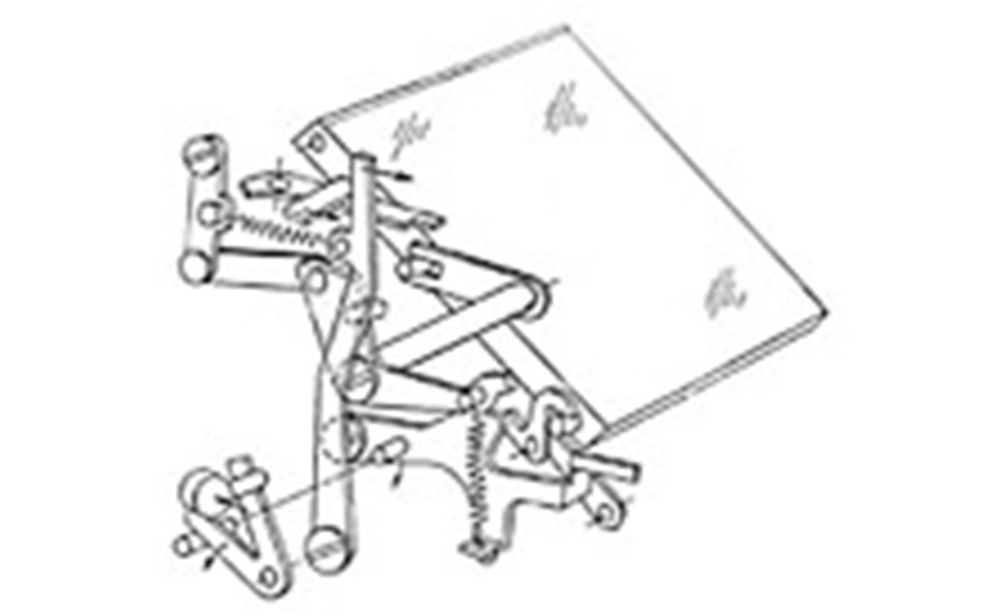
We've covered the viewfinder and the lens mount.
Now let's take a look at some other mechanisms.
I will talk first about the mirror mechanism.
The Nikon F used a unique instant-return type reflex mirror, which was driven upward and downward by a single spring. (NOTE : The term "Instant-return type reflex mirror" is also obsolete. The mirror is up during shooting and is automatically returned to its original position afterward).
A mechanism which fixed the mirror in the "up" position was also
featured.
Thanks to this "mirror-up" mechanism, Nikon F users were able to take advantage of the ultra wideangle 21mm (2.1cm) lens and fisheye lenses introduced later.
Nippon Kogaku was active in developing retrofocus-type wideangle lenses, so the mirror-up mechanism lost some of its value, but did remain useful in minimizing camera shake caused by the movement of the mirror.
The mirror mechanism was not incorporated into previous Nikon camera models such as the Nikon S2 and SP.
During development of the Nikon F, the Nippon Kogaku engineers/designers realized that they needed to create room for the mirror unit.
They expanded the SP's body horizontally and placed the mirror unit in a compartment at the center of the expanded body.
When all was said and done, 40 % of the estimated one thousand parts used in the Nikon F were the same as those used in the SP. (As I mentioned in the last article, the development of the Nikon F paralleled that of the SP — though the F was a bit behind).
The shutter mechanism used in the S2 had been greatly improved for the SP.
The resulting shutter mechanism for the SP was a high-performance, easy-to-use device.
For these reasons, unlike most people I felt that the expansion of the SP body for use with the Nikon F was a wise decision.
According to plan
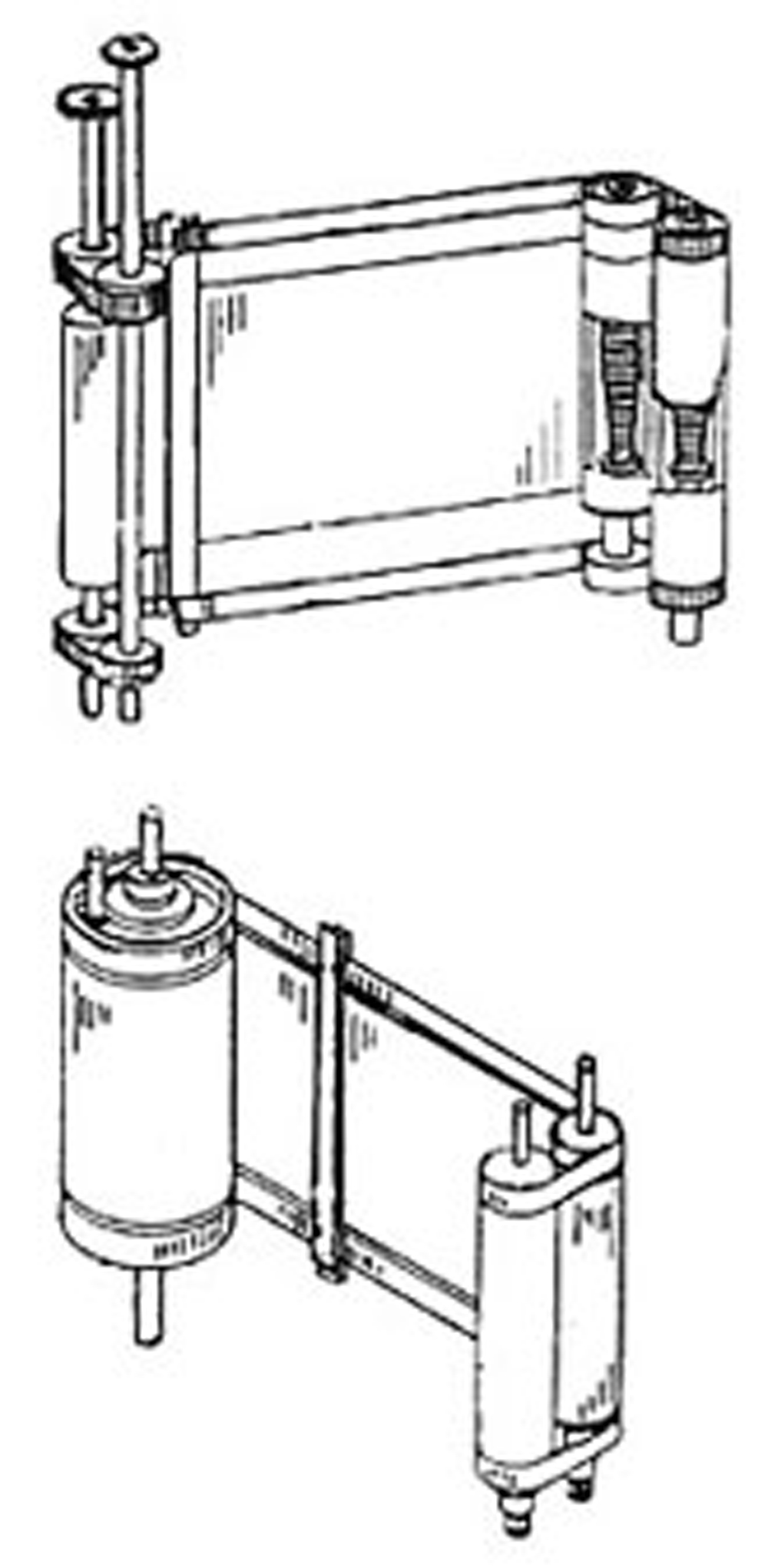
The most widely used technique for creating a space for the reflex mirror was to employ a 4-shaft shutter (more commonly used for SLR cameras) in place of the focal plane shutter (often used in direct-viewfinder cameras).
To make a long story short, the space for the reflex mirror was created by drastically reducing the thickness of the shutter-curtain winding shaft.
In contrast, the Nikon F uses the shutter mechanism of its predecessor, the SP.
Despite what you may think, the Nikon F was not one of the wider SLR cameras of its time.
This is another example of Nippon Kogaku's experience and expertise.
The Nikon F's mirror mechanism and fully automatic diaphragm were simply constructed and built into one side of the mirror unit.
Most other SLR cameras used the left and right sides, and in some cases the bottom part as well — devoting much more space to the mirror unit than did the F.
This required an entirely new camera body design.
It can be said that the Nikon F was a modified version of the SP. It featured the same control unit layout as its predecessor, making things easier for photographers when they used these cameras together.
There was also an added bonus in the form of an extended, easy-to-handle right-hand grip.
It cannot be said, however, that the F was a simple camera with
relatively few parts.
But the desire of Nippon Kogaku engineers and designers to provide as many quality features as possible brought favorable results (as described in this article) and made the efforts worthwhile.
When we speak of the Nikon F's shutter, mention must be made of the titanium shutter curtains.
Nippon Kogaku's engineers struggled in the development of the curtains, but their main concern — that the sun might damage the curtains — was eliminated through the implementation of pure titanium (Ti).
Today, titanium is widely used, and is now the material of choice for many high-grade camera covers.
Thirty-nine years ago, however, Nikon's employment of titanium for shutter curtains was revolutionary.
The Nikon SP used the same shutter unit as the F, and its curtains were made from cloth.
Titanium curtains made their first appearance with the release of the Nikon F.
The secret of the F's success
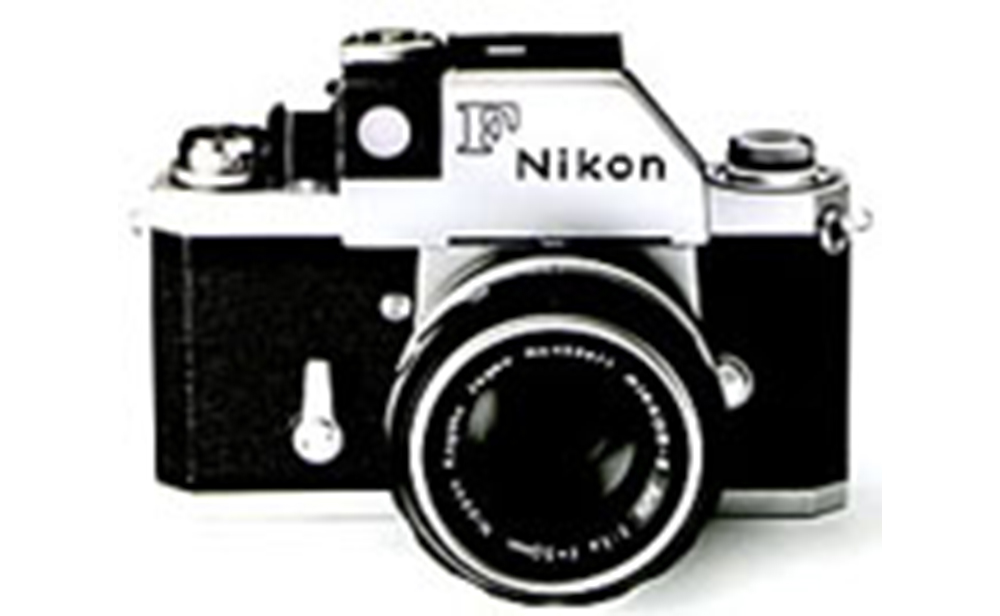
The Nikon F camera and its accessories — including interchangeable lenses — were first released in May of 1959.
They received very favorable reviews, and were followed by a succession of accessories such as powerful motor drives, a wide variety of interchangeable Nikkor lenses (to include special-purpose lenses), advanced and dedicated Speedlights, and a host of others.
The Nikon F was highly regarded as an independent camera body, and also as the first model in Nikon's SLR line.
The success of the Nikon F and its associated equipment and peripherals can be attributed to the great conceptual thinking and foresight on the part of Nippon Kogaku.
Each product was planned out to the smallest possible detail.
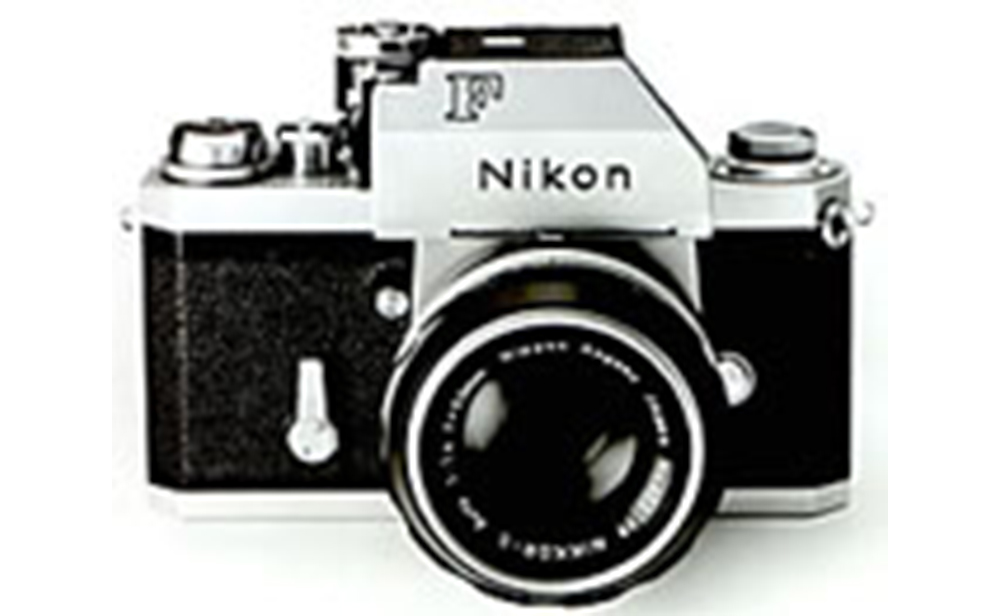
I agree that the above is true, but I also feel that there's a simpler, more concrete reason.
It seems to me that the key to the F's success was the quick completion of the fully automatic diaphragm mechanism.
It functioned as designed and required no modification whatsoever.
This enabled Nikon to proceed with confidence in the development, production and modification of a series of accessories.
The overall success of the line was actually brought about by one small victory.
Unsteadiness in the operation of the fully automatic diaphragm mechanism would have resulted in many failures in lens development, reduced availability of accessories, and natural disappointment on the part of customers.
I think we can say the details of a project are equally as important as the overall concept.
Note
This issue first appeared in "Nikkor Club Quarterly" magazine , published by the Nikkor Club, and was revised for Nikon's webpage.
Products, brands and companies names are trademarks or registered trademarks of their respective companies.
Camera Chronicle
Archives of corporate history subject matter related to Nikon cameras, including rare materials, as well as product photos of cameras and lenses.
